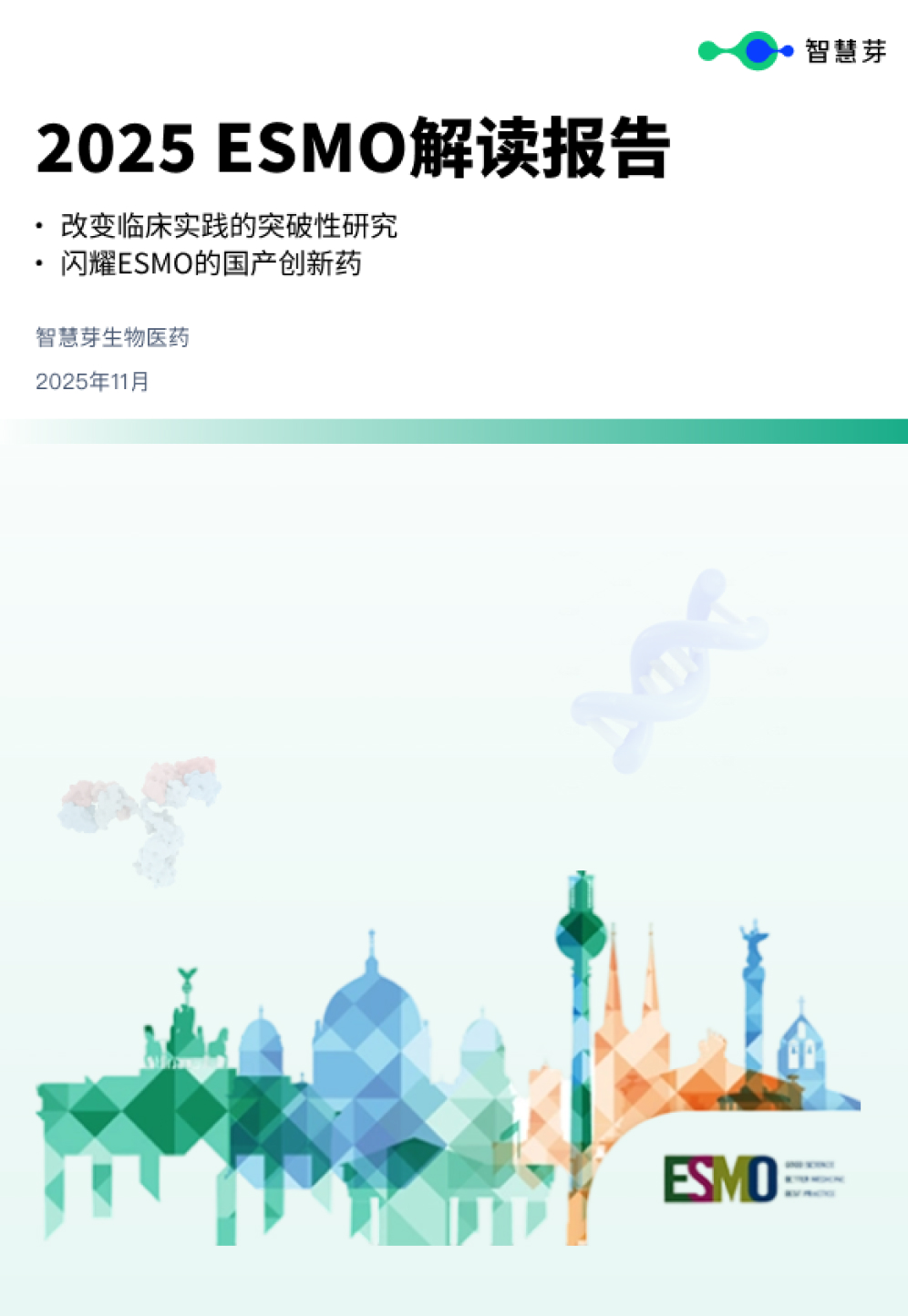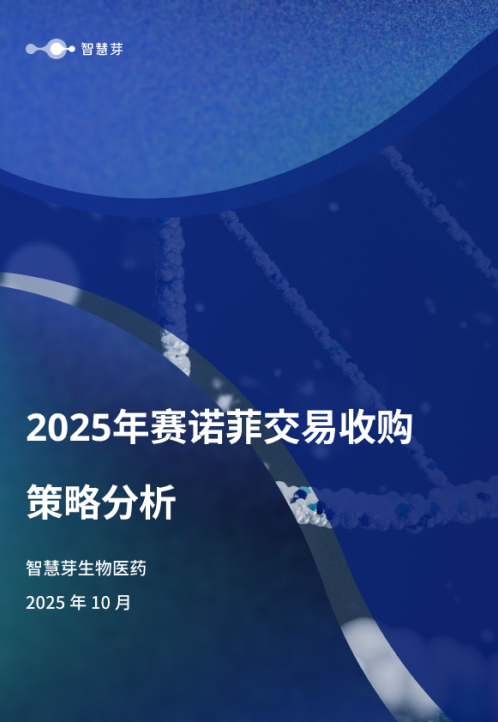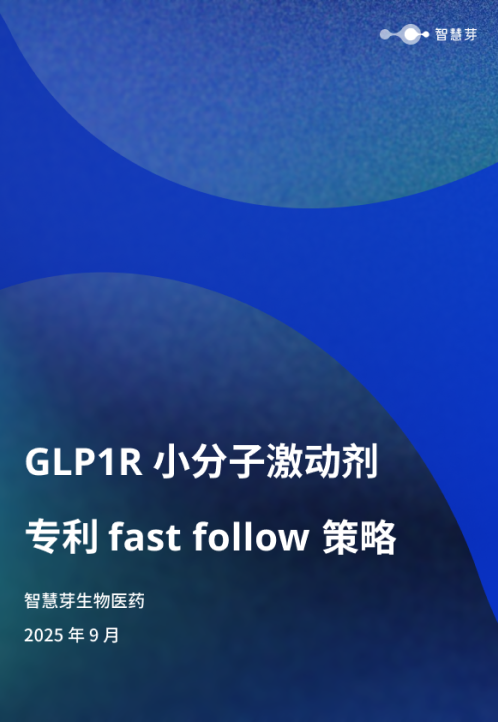预约演示
Despite positive trial, Roche says Enspryng fell short of expectations in myasthenia gravis
2024-03-21
临床3期临床结果上市批准
Roche and Chugai's Enspryng won an original FDA approval in 2020 in neuromyelitis optica spectrum disorder.
RochedevelChugaioftEnspryngo spot tidbits of positive information frneuromyelitis optica spectrum disorderis doing the opposite for its Enspryng study in the competitive autoimmune disorder of generalized myasthenia gravis (gMG).
Enspryng delivered a statistically significant benefit in improving symptoms and daily life metrics Rocheused on top of standard-of-care therapy in gMG patiencompetitive autoimmune disorderve, generalized myasthenia gravis the disease population. The phase 3 LUMINESCE trial has met its primary endpoint as measured by the Myasthenia Gravis Activities of Daily Living (MG-ADL) score at 24 weeks.
Enspryng in announcing the positive readout, Roche’s Chugai said the degree of clinical benefit observed “did not reach our expectations.”AChRMyasthenia Gravis
Just a few days ago, Roche touted Enspryng’s Roche-in-disease potential in MG” during a neurology investor event, a company presentation shows. At that time, Roche highlighted the remaining unmet need in gMG, including about 10% to 30% of patients who fail on standard-of-care therapies, and at least 60% of patients on novel biologics who couldn’t achieve stable remission.
Roche’s labeling of tRochespryng’s data as weak was a relief for other developers of biologics for gMG, such as Johnson & Johnson, UCB and argenx. As EnspryngRochetested under the skin once every four weeks in LUMINESCE, it could have held a convenience edge over other once-weekly regimens given either subcutaneously or through intravenous infusions.
Roche Enspryng inhibits IL-6 signaling, UCB’s Rystiggo and argenx’s Vyvgart are anti-FcRn antibodies. And J&J juJohnson & JohnsonitUCB outcome for theEnspryngRn candidate nipocalimabin a phase 3 gMG trial, although the magnitude of improvement remains under wraps. AstraZeneca’s Soliris and long-acting Ultomiris are C5 inhibitors.
OriginEnspryngroved by tIL-6DA in late 2UCB as the first FcRn inhibiVyvgartvgartanti-FcRn antibodies $1.2 J&Jlion in sales from gMG. Enspryng, with a 2020 FFcRnod in certain patients with the neurological autoimmune disease of neuromyelitis optica spectrum disorderAstraZenecaratSolirisSwiss francs ($28Ultomiris) in C5 inhibitorsC523 sales.
Despite the disappointing gFDAresults, Roche remains commFcRn inhibitorFcRnd to developVyvgartpryng in other neurological autoimmune and inflammatoEnspryngses. Phase 3 tFDAls are ongoing for Enspryng in myeneurological autoimmune diseasen-asneuromyelitis optica spectrum disorderhalitis, as well as thyroid eye disease.
更多内容,请访问原始网站
文中所述内容并不反映新药情报库及其所属公司任何意见及观点,如有版权侵扰或错误之处,请及时联系我们,我们会在24小时内配合处理。
生物医药百科问答
全新生物医药AI Agent 覆盖科研全链路,让突破性发现快人一步
立即开始免费试用!
智慧芽新药情报库是智慧芽专为生命科学人士构建的基于AI的创新药情报平台,助您全方位提升您的研发与决策效率。
立即开始数据试用!
智慧芽新药库数据也通过智慧芽数据服务平台,以API或者数据包形式对外开放,助您更加充分利用智慧芽新药情报信息。





